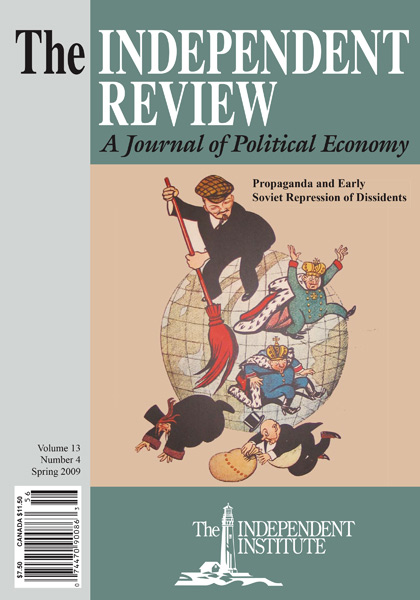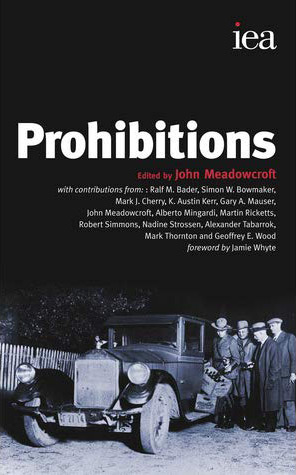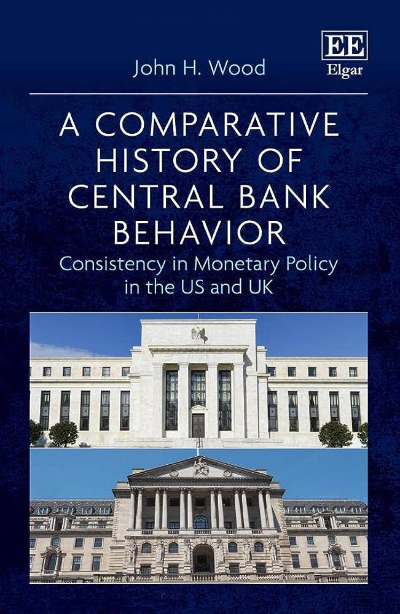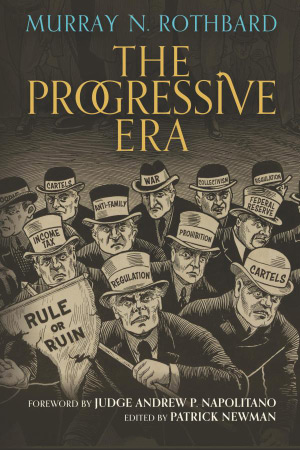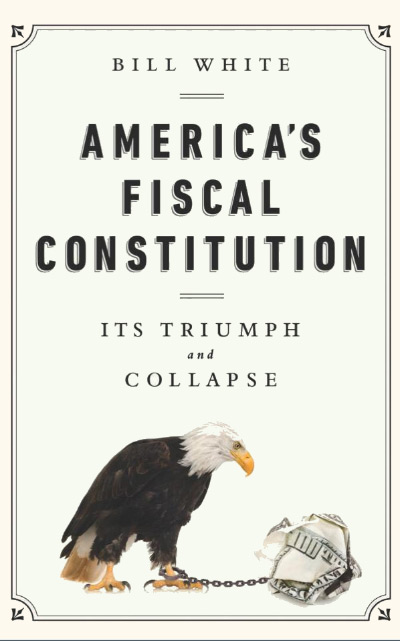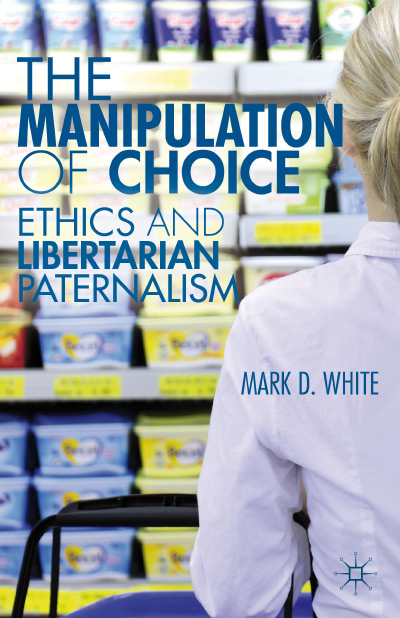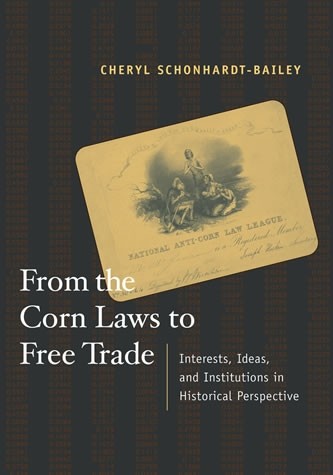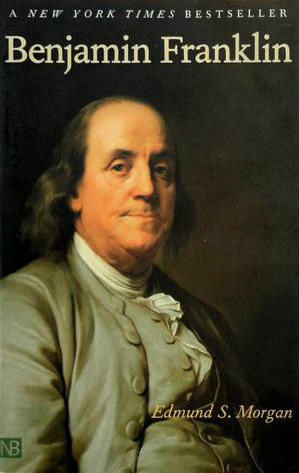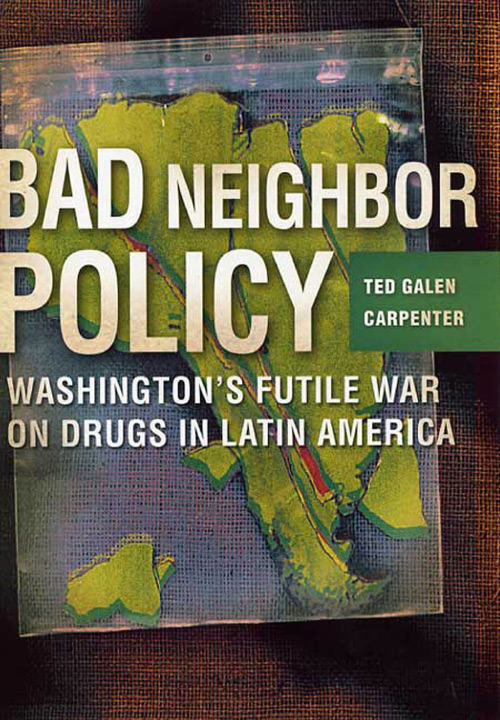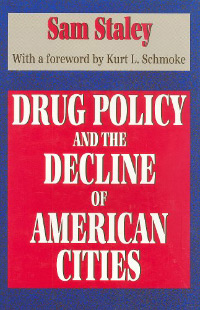Prohibitions, edited by John Meadowcroft, was written for the educated layperson. Examining prohibition through the eyes of several authors from different disciplines, this volume concerns itself with government restrictions (or complete outlawing) of the production or sale of certain goods and services. Thus, it covers, for example, both alcohol prohibition and limitations on the sale of pharmaceuticals.
In the introductory chapter, Meadowcroft describes the approach taken in the volume and summarizes the resulting policy lessons. He discusses the well-known secondary effects of prohibition: black markets, increased risk, the criminalization of noncriminals, and the diversion of resources away from protecting others (instead of protecting people from harming themselves). Given that not all of these lessons are drawn out in each chapter, the introduction provides a useful framework for thinking about each of the topics independently of the material presented in a particular chapter.
In chapter 2, Martin Ricketts and Geoffrey Wood provide an overview of the economics of prohibition. Although they give us a well-written introduction to the arguments used to justify prohibition, the book would have benefitted from a clearer distinction between arguments used in favor of prohibition and explanations of why certain prohibitions exist. For example, on page 38 when Ricketts and Wood ask, “Why, then, do we observe prohibitions?” we might expect them to give a public-choice explanation. Although they hint that politics, not economic arguments about efficiency or paternalism, often accounts for prohibitions, they might have set the stage for the rest of the book more helpfully had they made this distinction more explicitly. The authors of several chapters discuss the politics of prohibition, and an early statement about the distinction between market failure and government failure would have put these discussions in a more comprehensible context.
The book’s third chapter, on recreational drugs, is by Mark Thornton and Simon Bowmaker. Thornton is one of the foremost economists studying prohibition, as his dissertation and his subsequent book on the economics of prohibition demonstrate (The Economics of Prohibition [Salt Lake City: University of Utah Press, 1991]), and this chapter does not disappoint. After presenting a brief history of recreational-drug prohibition worldwide, the authors discuss the costs and benefits of such prohibition. Although many of the arguments they present will not be new to economists who favor drug legalization, Thornton and Bowmaker provide an excellent introduction for readers who may not have considered drug prohibition’s secondary effects. Besides discussing the public-choice aspects of prohibition, they provide an informative discussion of alternatives to outright prohibition, ranging from government regulation to complete legalization.
In chapter 4, philosopher Ralf Bader discusses attempts to limit or outlaw boxing, which apparently have been more prevalent in the United Kingdom than in the United States. Bader shows that boxing historically has not been risky in terms of fatalities when compared to other athletic endeavors, such as motorcycle racing, college football, and mountaineering. He might well have marshaled more historical evidence to back up his arguments against state intervention. When asserting that boxers and promoters have the right incentives, compared to politicians, he might have made the argument stronger by providing real-world examples of how politicians’ incentives do not correspond with boxers’ well-being. Evidence or analogy to another sport also might have been helpful where Bader argues that “[b]anning is likely to make things worse (in terms of the wellbeing [sic] of the boxers) and the unintended consequences hence undermine the rationale for banning” (p. 83).
Bader does make some splendid philosophical arguments (although as an economist I may not be well positioned to judge them). In discussing ethical arguments against boxing, he notes that even if these arguments were generally accepted, they do not necessarily imply prohibition. Some have argued, for example, that we have a duty not to harm another person intentionally, even if that person agrees to bear the risk or harm. Bader points out that this duty is not an enforceable one, and he makes an apt analogy: “In this respect it is like the duty of charity; charity is something that should be done but not something that can or should be enforced” (p. 87).
In chapter 5, Gary Mauser discusses the failure of gun laws to lower homicide rates in Australia, Canada, and the United Kingdom. Although the statistical evidence he presents is appropriate given the book’s likely readership, a longer discussion of the scholarly research on the relationship between gun ownership and homicide rates would have been valuable. Many readers, even if convinced that banning or restricting guns does not reduce homicide rates, would still appreciate a more thorough discussion of the complex relationship between guns and violence.
Restrictions on advertising are the subject of chapter 6, which Italian journalist Alberto Mingardi begins by asking whether advertising changes people’s behavior. He might well have asked: If advertising does not change people’s behavior, why do firms advertise? Although he gets at this point implicitly by noting that advertising conveys information, a more explicit discussion of advertising and of competing sources of information would have been valuable. This consideration would have strengthened his argument later, when he makes the excellent point that government restrictions on pharmaceutical advertising make things worse because drug manufacturers are not allowed to counter the claims of “outlaw websites” advocating improper uses of a drug (p. 134).
In chapter 7, law professor and American Civil Liberties Union president Nadine Strossen focuses on pornography. Strossen begins by discussing the difficulty of defining pornography and the argument made by some feminists that pornography degrades women. She argues strongly against this viewpoint, declaring that “[o]ne woman’s degrading scene is another woman’s liberating scene” (p. 145). In addition, she shows how in practice the enforcement of antipornography laws has been focused on minority groups—for example, the prosecution of the rap group 2 Live Crew and of gay and lesbian bookstores in Canada in the 1990s.
Chapter 8 is the best one in the book. George Mason University economist Alex Tabarrok discusses the prohibition and restriction of medical drugs and devices. His reasoning is exceptionally thorough. At no point did I have to wonder, “What about . . . ?” Moreover, the article reflects Tabarrok’s current research on the topic, some with coauthor Daniel Klein, and thus is more up to date than some of the other chapters.
The chapter’s highlight is a restatement of the argument Tabarrok made originally in his article “Assessing the FDA via the Anomaly of Off-label Drug Prescribing” (The Independent Review 5, no. 1 [summer 2000]: 25–53). Once the U.S. Food and Drug Administration (FDA) has approved a drug for a specified use, he notes, the drug may also be legally prescribed for other uses. Prescriptions for other uses are called off-label uses; examples abound, such as the use of the antibiotic Amoxicillin to treat ulcers. The proliferation of off-label uses constitutes powerful evidence against the argument that FDA regulation is necessary to prevent medical disasters because off-label uses are essentially unregulated by the FDA.
The final four chapters cover, respectively, prostitution (John Meadowcroft), gambling (Robert Simmons), the sale of organs for transplant (Mark Cherry), and alcohol (K. Austin Kerr). They contain some excellent arguments that deserve notice. In chapter 9, Meadowcroft makes an excellent response to those who argue that women have a right not to be prostitutes. He points out that this statement logically implies that women also have the right to be prostitutes. In chapter 11, ethicist Mark Cherry provides an excellent rebuttal to those who argue that hospitals are not a proper place for money to be exchanged for body parts. He points out that this position ignores the fact that “a great deal of money changes hands in hospitals” (p. 229, emphasis in original).
My primary complaint about the volume is that it might well have given better source citations, especially for controversial statements. For example, Meadowcroft notes without citation that “prostitution is highly impervious to measures that increase its pecuniary and non-pecuniary costs” (p. 189). If economists have estimated the price elasticity of the demand for prostitution, I would like to see a citation of their studies. Another obvious case occurs when Mingardi discusses a “US government study” (p. 122) of Joe Camel’s lack of influence on children’s inclination to buy and smoke cigarettes, but provides no citation. Perhaps I am picking nits here, but I suspect that many readers, like me, use citations to obtain more information about controversial empirical statements.
All in all, however, the contributors to Prohibitions do a good job of explaining why most prohibitions are bad. Readers unfamiliar with the arguments will find the book an enjoyable and instructive read.
| Other Independent Review articles by Joshua C. Hall | |
| Winter 2022/23 | The Future of Higher Education: Prerequisites for Success |
| Fall 2012 | Higher-Education Accreditation: Market Regulation or Government Regulation? |
| Spring 2002 | For-Profit Schools Are Making a Comeback |

